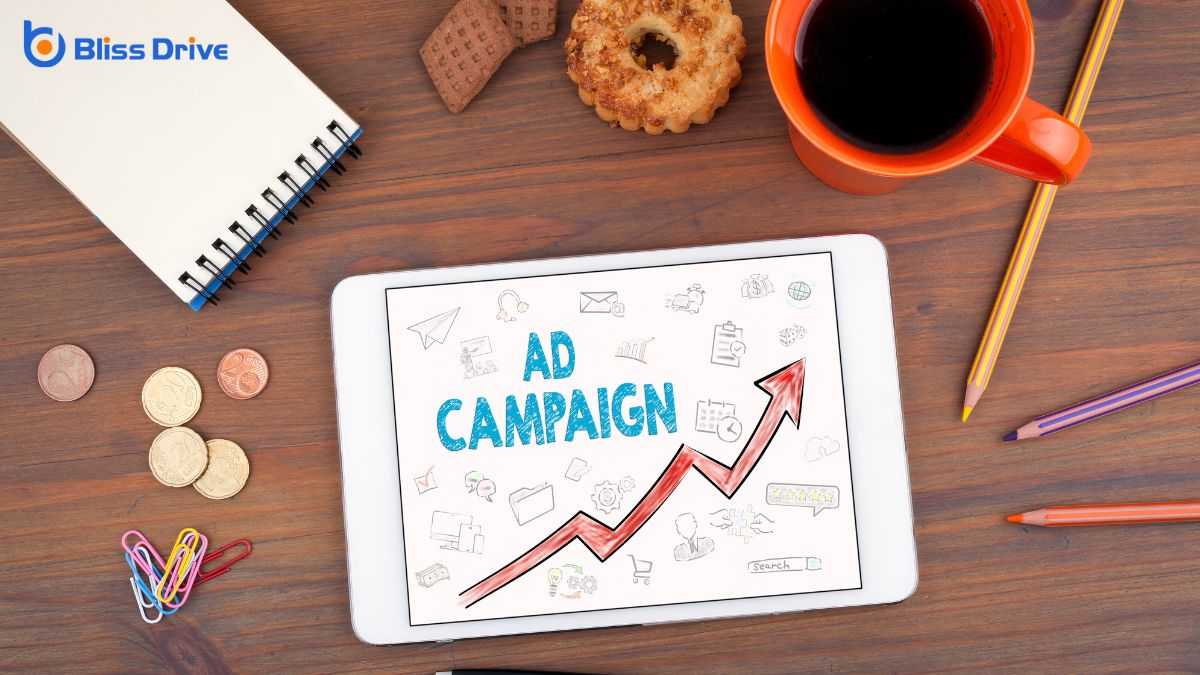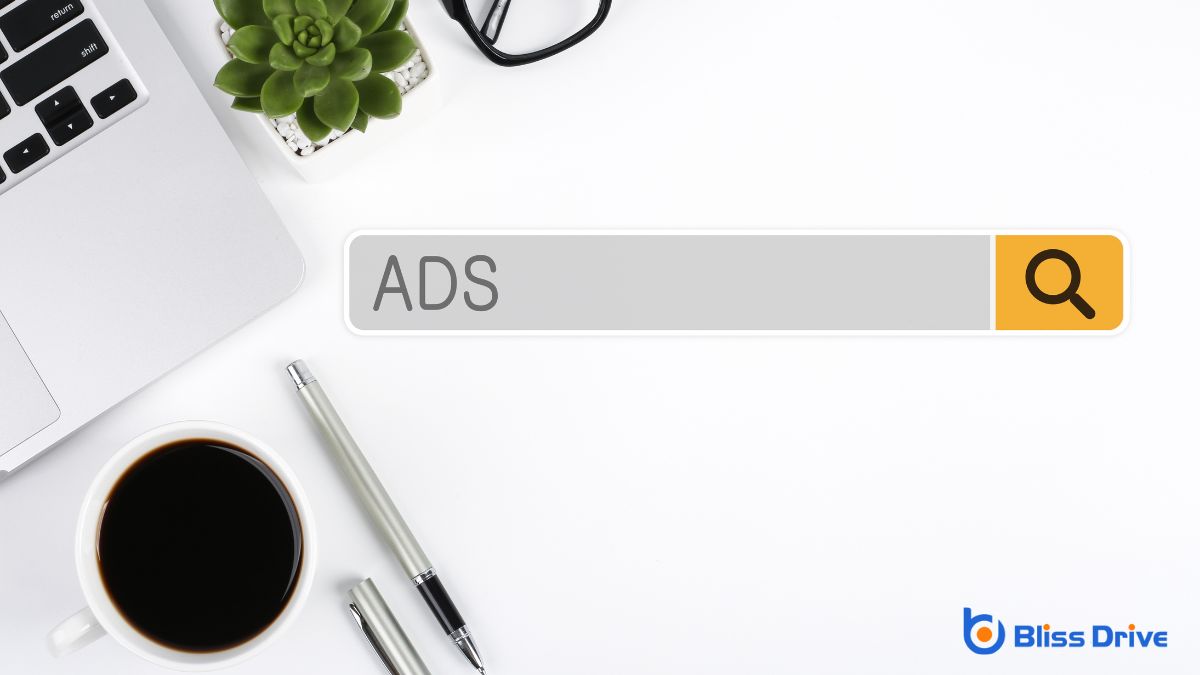Digital Marketing Services
Learn More About Us

When crafting a CTA for Google Ads landing pages, you must focus on clarity and alignment with user intent. A well-designed CTA can greatly impact conversion rates by guiding visitors towards your desired action. Consider phrases like "Get Started Today" or "Shop Now," which are both clear and purposeful. It's also crucial to create a sense of urgency to motivate quick action. But how do you guarantee your CTA truly resonates with your audience?

While steering through the world of digital marketing, it’s crucial to grasp the purpose of a Call to Action (CTA)A prompt that encourages users to take a specific action, such as "Buy Now" or "Sign Up.". A CTA isn't just a button or a link; it's your invitation for users to take the next step. You’re guiding them toward an action that aligns with your goals—whether it’s subscribing, purchasing, or learning more. A well-crafted CTA can turn curiosity into conversion.
Understand that a CTA is your moment to engage, motivating users to move from passive browsing to active participation. It should be clear, compelling, and aligned with your message.
Use strong, actionable language like “Discover,” “Join,” or “Get Started.” By making your CTA prominent and enticing, you’re enhancing the user experience and driving desired outcomes effectively.
To create effective CTAs, it's essential to align them with user intent. You need to understand why users are visiting your landing pageThe web page a user is directed to after clicking on an affiliate link, optimized for conversions. and what they hope to achieve. Are they looking for information, ready to purchase, or just browsing?
Tailor your CTA to match these intentions. By aligning CTAs with user intent, you can create a more seamless experience and improve conversion rates.
Consider the following:
Aligning CTAs guarantees you're meeting user needs effectively.
Crafting CTAs that resonate with user intent is just the beginning. You need clear and compelling language to truly drive action.
When writing a CTA, clarity is your best friend. Use straightforward words that leave no room for doubt about what action you want the user to take. Avoid jargon or complex phrases that might confuse. Instead, focus on simplicity and directness.
Compelling language captures attention and encourages clicks. Use strong, action-oriented verbs that spark interest, like "Discover," "Unlock," or "Join." Keep your message concise; too many words can dilute the impact.
Creating a sense of urgency in your CTA can considerably boost engagementThe interactions that users have with a brand’s content on social media. and conversion rates. By encouraging users to act quickly, you tap into the fear of missing out, compelling them to make a decision sooner.
Here’s how you can create urgency effectively:
While urgency can drive immediate action, the visual design of your call-to-action (CTA) plays a pivotal role in capturing attention and guiding users toward conversion.
Start by selecting a button color that contrasts with your landing page's background, making it impossible to miss. Use bold, readable fonts and keep the text concise but compelling. Words like "Get Started" or "Claim Your Offer" can make a significant impact.
Make sure your CTA button is large enough to click easily on all devices, including mobile. Surround it with white space to emphasize its importance. Icons or arrows can subtly guide the eye towards your CTA, enhancing its visibility.
Understanding how your CTA performs is essential to optimizing your landing page's success. You can't just set it and forget it; instead, you need to test and analyze.
Start by using A/B testing to compare different CTAs and identify which version resonates better with your audience. Measure performance by tracking key metrics like click-through rates and conversion rates.
Here's what you should focus on:

Given the variety of devices available today, tailoring your CTA for different screen sizes and functionalities is essential. You need to guarantee your call-to-action is responsive and easy to interact with, regardless of whether your audience is on a smartphone, tablet, or desktop.
For mobile users, make the CTA button large enough to tap easily, and ensure it’s visible without excessive scrolling. On desktops, consider placing your CTA above the fold where it's immediately noticeable.
Use concise, action-oriented language that’s clear and compelling on any device. Remember, the functionality of your CTA should be seamless across all platforms.
Test how your CTA looks and performs on different devices to provide a consistent and engaging user experience.
In summary, crafting an effective CTA for your Google Ads landing pages is essential for driving conversions. Focus on aligning your CTAs with user intent and use clear, compelling language to guide them towards the desired action. Don’t hesitate to create a sense of urgency to prompt quick responses. Use visual design to make your CTAs stand out and always test different versions to see what works best. Remember, adapting your CTAs for different devices guarantees a seamless user experience.
